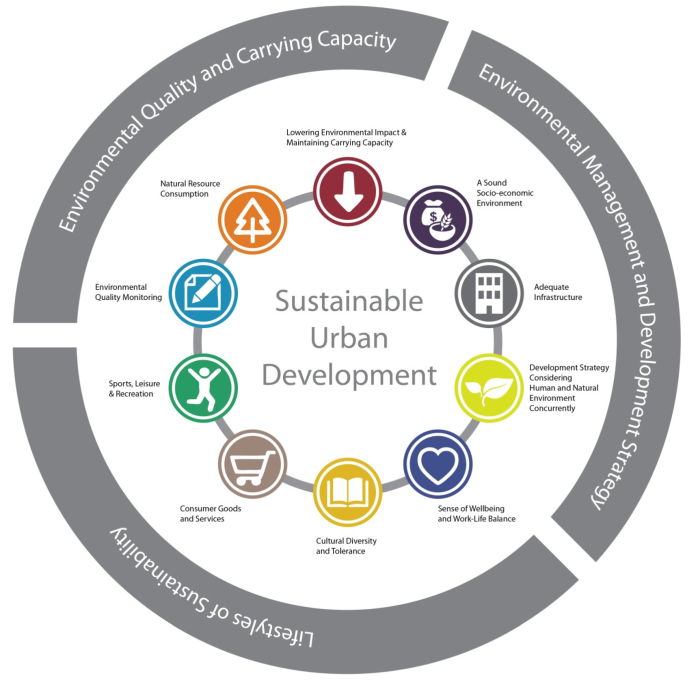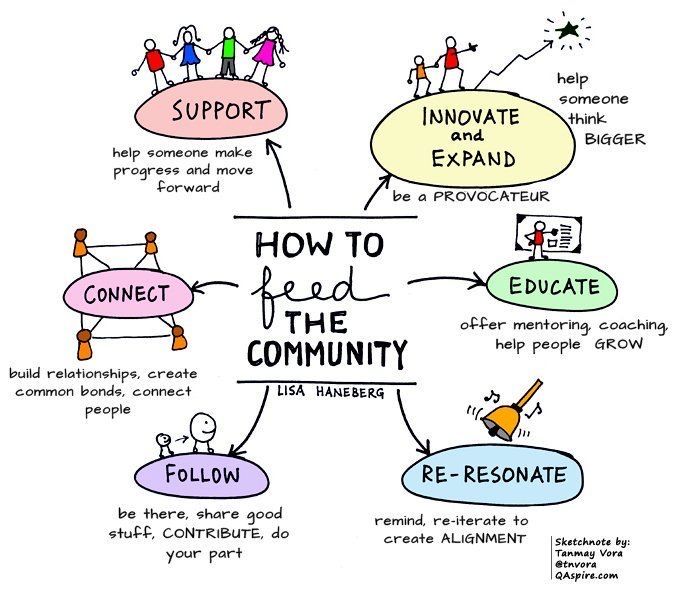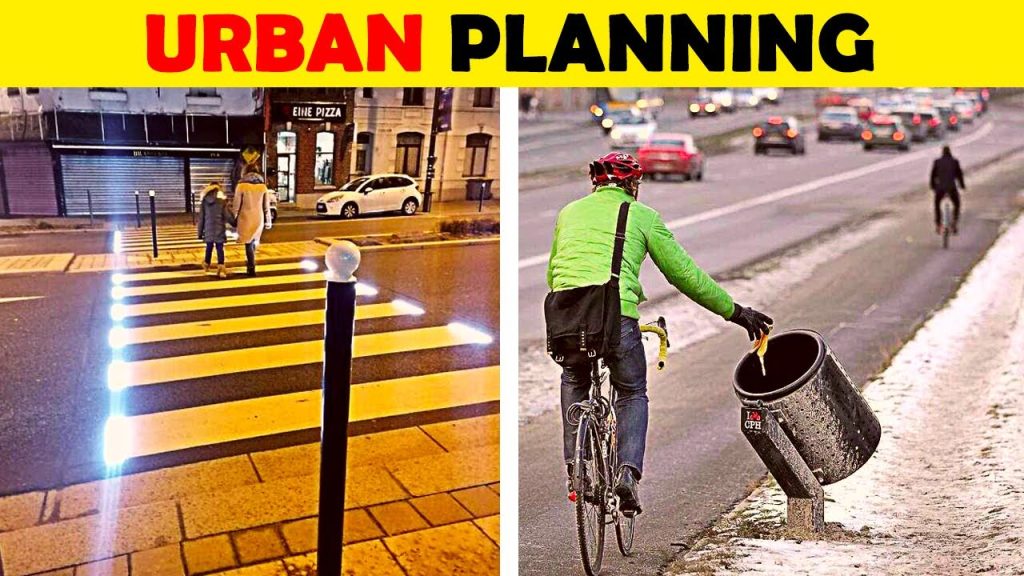Introduction: The Core of Urban Development
Urban planning is no longer confined to professionals. Community participation in planning is a trend that has become vital in shaping cities. Engaging the public in urban planning projects, from citizens to stakeholders, offers new possibilities for running community engagement and understanding urban challenges. This article explores the benefits and importance of community engagement in urban planning, emphasizing the role of community members.

Section 1: Understanding Community Engagement
Three Types of Community Engagement
There are various levels of community engagement, including three types of community engagement: participatory, consultative, and collaborative. Each type of community engagement has unique benefits and challenges, offering different ways for the public to get involved in urban planning.

Community Engagement Platforms and Tools
The rise of online community engagement opened up novel opportunities for civic engagement. From community engagement platforms to digital tools, these innovations enable an engagement process that is more inclusive, allowing residents to participate in urban development projects.
The Importance of Public Participation
Public participation in urban planning not only facilitates decision-making but also ensures more efficient community engagement. It bridges the gap between urban planners and community, creating more successful community participation in various urban issues.
Section 2: Benefits of Community Participation in Urban Planning
Enhancing Planning Outcomes
Community participation leads to more effective urban planning projects. By including the public’s ideas and support, urban policies are tailored to address local needs, leading to more sustainable urban solutions.
Equitable Community Development
Community engagement ensures that urban planning is more than a top-down process. It allows for equitable community involvement, ensuring all voices are heard and contributing to fair and efficient urban development.
Fostering Civic Engagement
Community involvement in urban challenges promotes a sense of ownership and interest in the urban environment. Civic engagement activities with residents foster a sense of community and enhance urban governance.
Facing Urban Problems with Community Insight
Engaging community members in the planning process enables planners to explore the community and understand urban problems from a local perspective. This collaborative approach helps in crafting solutions that resonate with community needs.
Section 3: Challenges and Future Directions
Balancing Engagement and Efficiency
Effective community participation requires a delicate balance between public participation and efficiency. Finding the right form of engagement and sticking to it is key for successful urban planning.
Moving Towards Community-Centric Planning
The process of urban planning is shifting towards community-centric approaches. Stakeholder participation, community input, and public engagement are essential components in this transformation, ensuring that the community is at the heart of urban and regional development.
Equipping the Future of Urban Planning
With advancements in technology and growing interest in community engagement, the future of urban planning is geared towards more participative, inclusive, and responsive solutions. This paves the way for a more vibrant, resilient urban landscape.
Conclusion: Building Together
The integration of community participation in urban planning is more than a trend – it’s a necessity. The collaborative, participatory processes where the public is involved mark a new era of urban development, enhancing planning outcomes and building a community in urban spaces that thrive.




